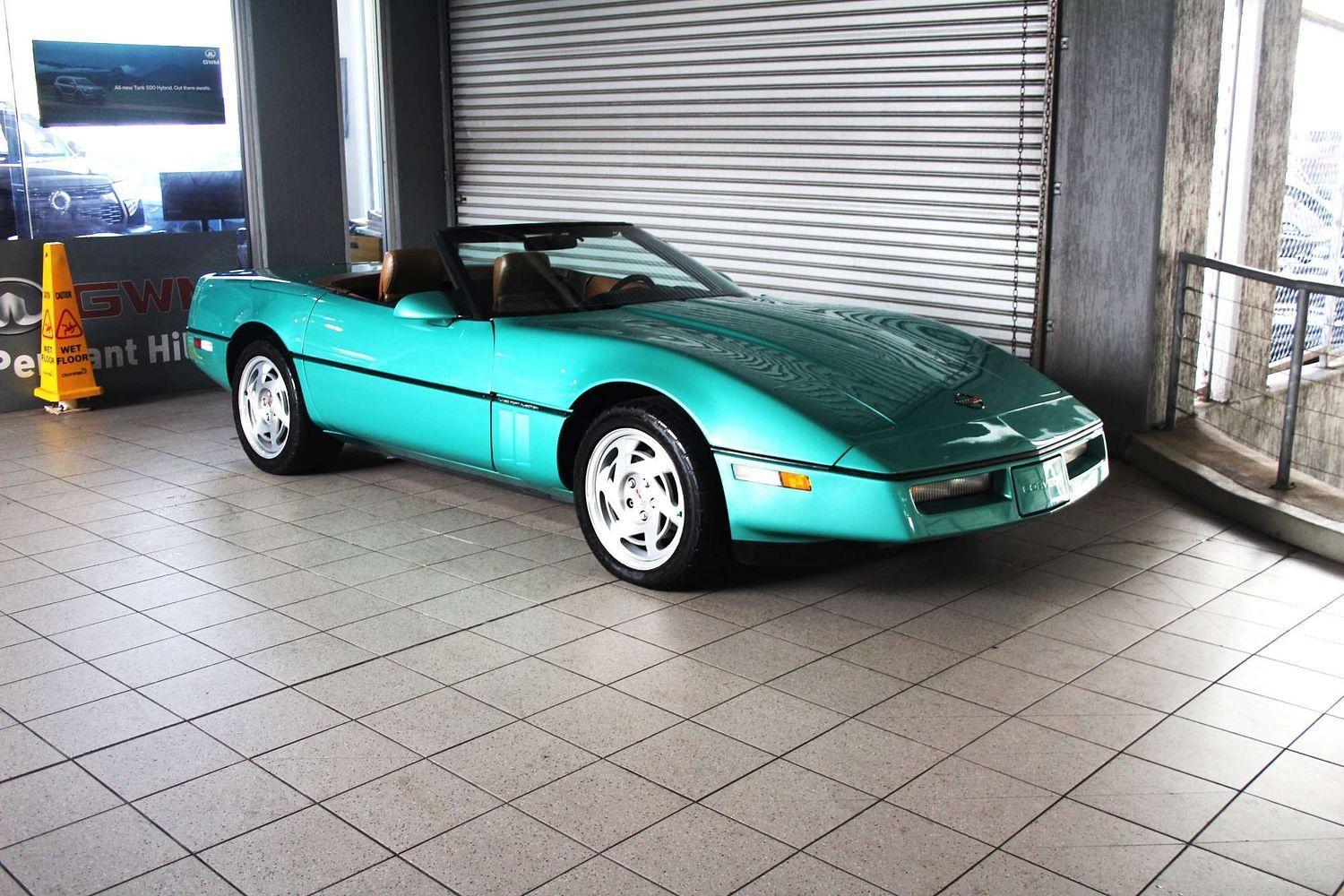Storage and use of your classic car
Many of these cars have been the victims of the best intentions. It is quite easy, for example, if your car needs a minor repair beyond your own mechanical ability, to procrastinate. Amazing, isn't it, how weeks turn into months and then years?
Even if there is nothing wrong with your classic now, there soon will be if you fail to use it sufficiently often. But how often is 'sufficiently often'? Automotive experts can be a bit like economists. Get 20 in a room and you might get 20 different opinions.
Some people like to use their classics as daily drivers. These are more likely to be enthusiasts who plan to keep these cars forever. I know of one motoring journalist who has used his much-modified Jaguar E-Type in this fashion for decades. How many miles it has done (E-Types don't do km!) is neither here nor there.
But most of us are concerned to keep the kays as low as possible and to minimise exposure to heavy traffic and bad weather.
Optimum drive times for classic cars
A good rule of thumb is to try to use your car at least once a month and preferably rather more often than not. Try not to start it unless you plan to go for a decent drive. Twenty kilometres should be the minimum and 30-50 is better, to make sure everything gets thoroughly warmed up. If the car hasn't been driven for weeks, start it and let the engine run at a fast idle for about three minutes before driving. I generally prefer to get the choke (where there is one) in quite quickly and hold the rpm at about 1500. Do not allow the engine to lug (ever, but especially not when cold) and it is a good idea to keep engine revs moderate until you've covered at least 20 kilometres. Following this procedure fortnightly will still keep your annual mileage low but the car is getting sufficient use and under ideal conditions. I have several cars that cover no more than 3000 kilometres per year but (touch wood!) rarely give any trouble.
Vehicle storage tips
If the car is going to be stored for more than about a month without any use, make sure the tyres are pumped up hard, the handbrake is left off and the fuel tank is full. More pressure means tyres are less likely go out of shape. You don't want the handbrake cable or the rear drums (if that's what your car has) to seize. Keeping everything in the fuel system moist is obviously better than the opposite. A trickle charge into the battery is a good idea. (You can buy a handy charger for less than $80 for this purpose. It is also smart to have one of those $120 units that has a built-in battery, so you can start any car quickly.) Disconnecting the negative terminal of the battery is an alternative.
Rodents have a predilection for all manner of underbonnet plumbing of the rubber variety, so if there is any chance of this kind of interference make sure you've got bait around your car(s).
By H.D. Young
Source: JUST CARS, August 2010, Collectors Issue #174













